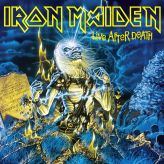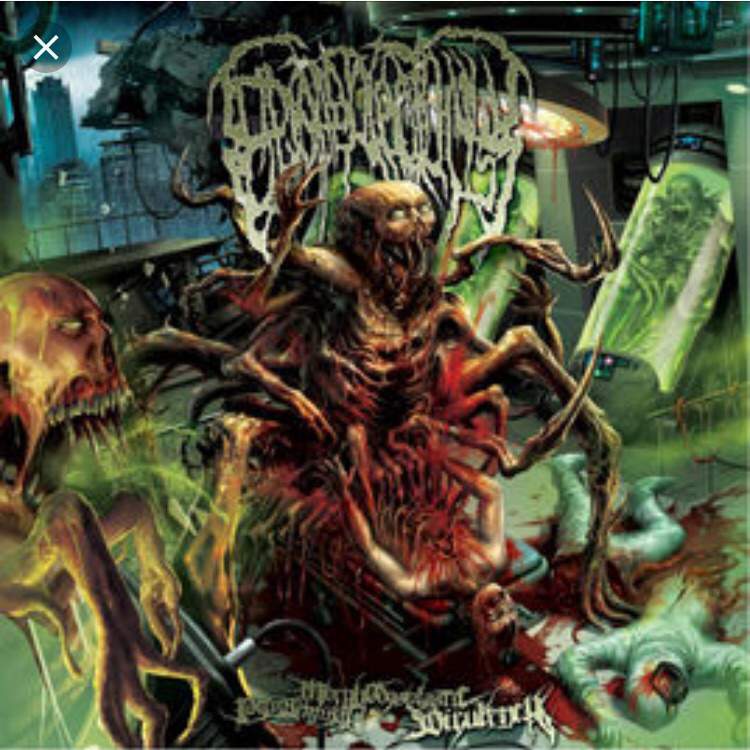

anything that wasn't Body Count), and most fatally, Belladonna's departure and eventual replacement by Armored Saint vocalist John Bush- this compilation should serve to convince ex-fans and newcomers that, if nothing else, Anthrax's creative apex proved them an innovating force in a genre that may at times place too great a value on time-honored tradition.Appendix to my book "A History of Rock Music"Īnd revised in 2003 by Gianluca Patane and in 2009 by Teun Romme But though their records largely faded from popularity during the great 90s alterna-rock boom- a situation compounded by the band's increased appreciation for non-metal-approved hip-hop (e.g. It's certainly possible that they may not, particularly given their good-natured sense of humor, a serious taboo in metal culture. Whether Anthrax will ever see a renaissance remains to be seen. Two B-sides close out the collection: The first is their infamous 1991 Public Enemy cover "Bring the Noise", featuring Chuck D himself, whose gruff bark always sounded great against the loudest possible backdrops the other is a French-language version of "Antisocial", which while potentially improved in its native tongue (it was originally recorded by French metalheads Trust) is ruined by poorly layered vocals and obvious overdubbing. "Time" is particularly powerful: A seven-minute thrash marvel, its relentless rhythm and crushing guitar riffing established the album's mood, and the other cuts represented from that album accentuate its significance. Perhaps an attempt to shed their nice-guy image, the album serves as the angriest and most mature release of their career. After a two-year break, they followed up with the more substantive Persistence of Time, a highly divisive offering that would mark the end of this lineup. Their negligence shows: While not necessarily dead weight, these tracks lack the focus and vitriol of Anthrax's prior efforts, playing instead to the band's rep as metal's resident knuckleheads. In Anthrology's liner notes, they complain of being rushed and regret not spending more time on the material. Following these highlights, the inclusion of two cuts from 1987's I'm the Man renders that EP entirely useless: The novelty of the title track, at once both a piss-take and homage to the Beastie Boys and early Rick Rubin hip-hop, managed to strike a chord with listeners outside the band's immediate fanbase, while the group's stellar cover of Black Sabbath's "Sabbath Bloody Sabbath" still holds its own with the original in terms of sheer aggression.Įven the band admits that State of Euphoria was a weak follow-up to its previous outings.

Standouts "Caught in a Mosh", "I Am the Law", and the title track became so highly regarded within the band's catalog that they remained live set staples even through the post-Belladonna 90s. Thanks to beefed-up production, sophisticated arrangements, and hints of crossover hardcore, Among the Living gave Anthrax their first real breakthrough, and appropriately, the album's crunchy rhythms, howling vocals, dense riffing, and comic-themed lyrics defined the band through the remainder of their first decade. Anthrology kicks off with a handful of tracks from the underrated album and therefore doesn't make as strong an initial entry as it might have, had it drawn its opening material from the band's vastly superior 1987 follow-up, Among the Living. Though even this outing is clearly the work of a band still searching for its strengths, it plants the seeds for what was to follow.

Representing more than half of the songs from each of the band's strongest records- 1985's Spreading the Disease, 1987's Among the Living, 1988's State of Euphoria, and 1990's Persistence of Time- as well as a careful selection of B-sides and EP cuts, this compilation makes the most effective possible argument for the group's re-evaluation.Īnthrax began their career in conventional early-80s metal form, emulating heroes Judas Priest, and neither their classic lineup nor their signature sound would solidify until singer Joey Belladonna brought his crisp, often theatrical vocals to the band's second full-length, 1985's Spreading the Disease. Now, more than 15 years after the disbandment of their key lineup, Island attempts to reclaim some of Anthrax's lost glory (and fanbase) with the double-disc retrospective Anthrology. For Metallica, Slayer, and, to a lesser degree, Megadeth, success has only periodically waned, but Anthrax, while massively popular and rightly influential in their heyday, never recovered from the 90s post-grunge fallout. Of 80s thrash metal's Big Four, Anthrax perhaps ignites the least public interest.


 0 kommentar(er)
0 kommentar(er)
